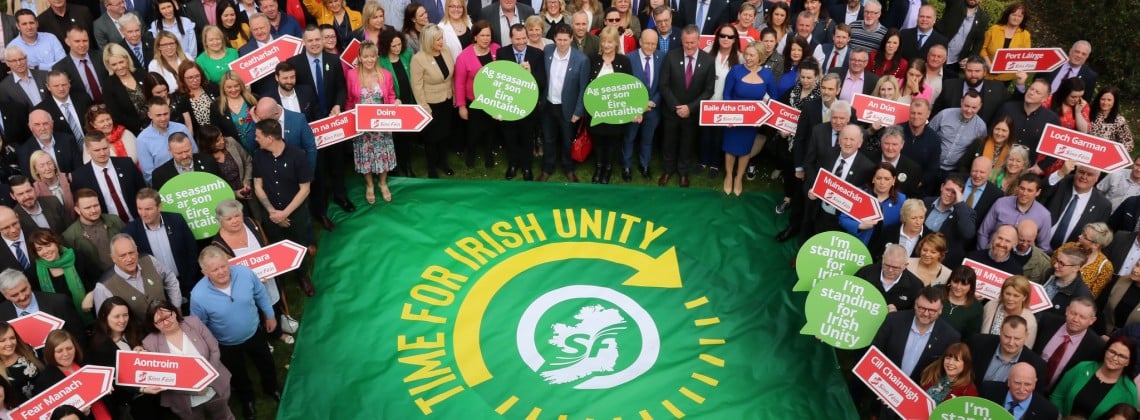
Northern Ireland Assembly election preview
Patrick Flynn
17 February 2022
In May, Northern Irish voters will go to the polls to elect all 90 Members of the Legislative Assembly (MLAs). Since the Assembly's creation in 1998, unionist parties have won the most seats and produced the First Minister in every election, but that may change this time.
The electoral system
The Northern Ireland Assembly (known metonymously as Stormont) is elected under Single Transferable Vote, a voting system with multi-member constituencies in which voters rank candidates and their vote gets transferred to their next preference if their favoured candidate is either eliminated or surpasses the electoral threshold, ensuring no votes are wasted.
While STV is a far more democratic system than First Past the Post, it is much harder to predict for amateur psephologists in the absence of data on voters' full ranked preferences (which are not released by the Northern Irish electoral body).
With that said, looking at the partial transfer data that gets released we can begin to make some predictions based on first preference polling data.
Sinn Féin win
May's election is likely to break new ground, with a party favouring Irish reunification winning the most seats and producing the First Minister for the first time. Though a Sinn Féin win would be historic, do not mistake that for a surge in support for nationalist parties. Sinn Féin may be flying in the Republic, but the same cannot be said for their position in Northern Ireland.
I expect Sinn Féin will end up losing seats based on current polling. Their win may come about merely because the DUP have lost even more support since 2017, with seemingly interminable leadership crises at the top of the party and a failed two-year stint in the Westminster government.
The importance of transfers
With both Sinn Féin and the DUP down on their 2017 result, polls are showing a much tighter group of five or six parties at the national level, meaning fewer candidates are likely to cross the electoral threshold on the first or second counts and transferred votes will play a much larger role than in previous elections.
This is likely to cause further issues for the DUP, who did not benefit much from vote transfers last time around, compared with the less hardline unionist UUP or the nonsectarian Alliance Party. Do not, therefore, rule out the possibility that the DUP are replaced by the UUP as the largest unionist party, even if they receive more first preference votes.
The DUP have finished first in every Assembly and Westminster election since their ascendancy in the early 2000s, but given the way they have operated over the past five years, a catastrophic result would be entirely self-inflicted.
Header image by Sinn Féin is licensed under CC BY 2.0
Patrick Flynn
17 February 2022


